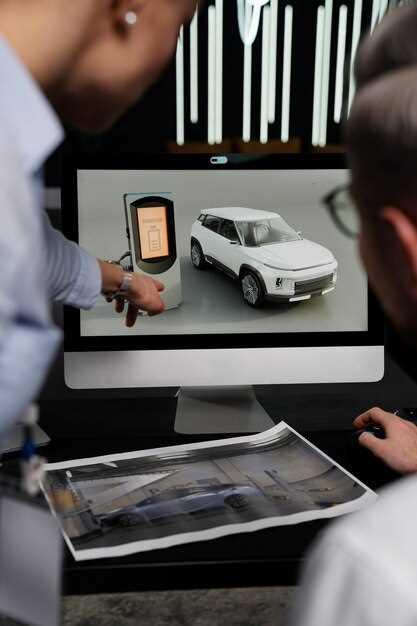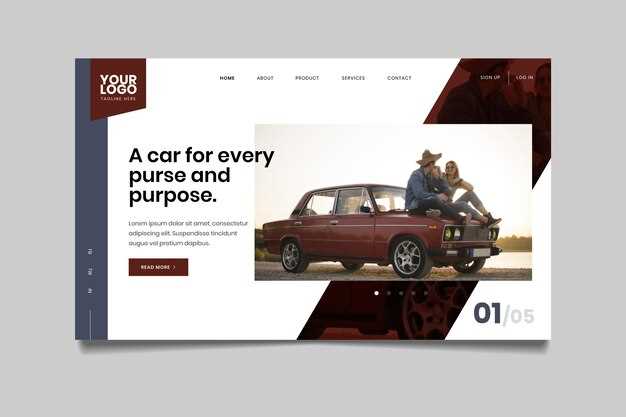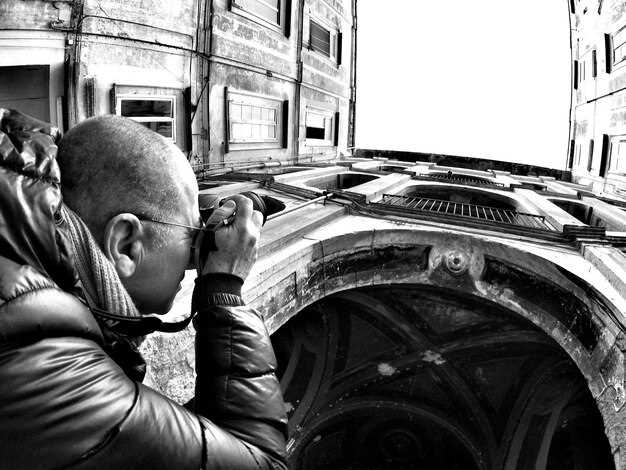
In the world of automotive photography, capturing the essence of cars requires not just technical skill but also a keen artistic vision. A well-crafted portfolio showcases your unique perspective and ability to evoke emotion through photo imagery, making it an essential tool for any aspiring photographer.
Your portfolio should reflect not only your best works but also a cohesive theme that resonates with your personal style. Whether you prefer classic vintage models or modern masterpieces, each car tells a story that can be brought to life through your lens. Prioritizing quality over quantity is crucial in creating a collection that captivates and engages your audience.
Consider the setting, lighting, and composition when selecting images for your portfolio. Each photo should communicate the character of the vehicles and the emotions they invoke. By curating a selection of striking visuals, you can demonstrate your ability to highlight the intricate details and dynamic forms that make each car exceptional.
Selecting the Right Classic Cars for Your Portfolio

Creating a captivating portfolio of classic automotive photography begins with the selection of the right vehicles. The cars you choose can significantly influence the overall aesthetic and appeal of your collection.
Here are some key factors to consider when selecting classic cars for your portfolio:
- Historical Significance: Focus on vehicles that have a noteworthy history or significance in the automotive world. Cars that have been influential or iconic in their era will resonate more with viewers.
- Variety of Makes and Models: Aim for a diverse range of classic cars. Include different brands, eras, and styles. This will showcase your versatility and allow your portfolio to appeal to a broader audience.
- Condition and Restoration: Choose cars in varying states of restoration. Unrestored classics can tell a compelling story, while beautifully restored vehicles can highlight craftsmanship and design.
- Aesthetic Appeal: Select automobiles that possess visual appeal. Unique colors, shapes, and detailing can make for stunning photographs, enhancing your portfolio’s overall look.
- Personal Connection: If possible, include cars that resonate with you personally. Your passion and connection to specific models will shine through in your photography, making the images more engaging.
When you have identified potential classic cars, consider the following approaches to enhance their presentation:
- Location: Choose backgrounds that complement the car rather than distract from it. Natural settings or historic locations can add depth and context.
- Lighting: Utilize the best lighting to showcase the car’s features. Golden hour, just before sunset, typically provides the most flattering light for photography.
- Angles and Perspectives: Experiment with different angles and perspectives. Low shots, high vantage points, and close-ups can create a dynamic range of images.
- Detail Shots: Focus on unique details and craftsmanship. Capturing these aspects can highlight the distinction of each classic vehicle and enrich your portfolio.
By carefully selecting classic cars and considering these visual strategies, you can build a portfolio that not only demonstrates your photography skills but also reflects the timeless beauty and allure of classic automobiles.
Techniques for Capturing Striking Images of Classic Cars

Creating impactful photographs of classic cars requires an understanding of both the vehicle and the art of photography. Start with the angle; low angles can emphasize the car’s design while giving a sense of grandeur. Experiment with different perspectives, including shots from the front, sides, and rear to capture the essence of the vehicle.
Lighting plays a crucial role in automotive photography. Natural light during golden hour–shortly after sunrise or before sunset–provides a warm tone that enhances the classic features of the cars. Avoid harsh midday sun that can create unflattering shadows. If shooting indoors, look for soft, diffused lighting to maintain detail and depth.
Composition should also be a priority. Use leading lines, such as roads or architectural elements, to draw the viewer’s eye toward the car. The rule of thirds can create a balanced image, allowing for a dynamic arrangement of the vehicle within the frame. Incorporating elements of the environment, like vintage signage or landscapes, can add context and interest.
Pay attention to the details. Capture close-up shots of unique features such as the emblem, the interior, or the textures of the paint. These details tell a story and highlight the craftsmanship behind classic cars. This intimacy can create a more personal connection with the viewer.
Incorporating movement can add excitement to your photographs. Use a slow shutter speed while panning to capture the motion of the car against a blurred background. This technique gives a sense of speed and dynamism to otherwise static shots.
Lastly, post-processing can enhance your images further. Adjusting contrast, saturation, and sharpness can make colors pop and details stand out. However, avoid over-editing; the goal should be to maintain the authenticity of the classic cars.
Building an Online Presence to Showcase Your Classic Car Photography
Creating a strong online presence is essential for any photographer, especially those specializing in classic car photography. An effective portfolio not only showcases your best work but also attracts potential clients and enthusiasts who appreciate vintage automobiles.
The first step in building your online presence is to select a user-friendly platform where your portfolio can shine. Consider using dedicated photography websites such as SmugMug or Flickr, or create a personalized website using tools like WordPress or Squarespace. These platforms allow for customization and provide templates that can enhance the visual appeal of your classic car photos.
Once your site is set up, curate a well-organized portfolio that highlights your finest classic car photos. Focus on quality over quantity; select images that capture the essence of each vintage vehicle, showcasing their unique features and characteristics. Group your photos into themed galleries, such as ‘American Classics,’ ‘European Gems,’ or ‘Restoration Projects,’ to make navigation intuitive for visitors.
Incorporate engaging descriptions and storytelling elements alongside your images. Share the history of the cars, details about the shoots, or techniques you used. This not only enriches the viewer’s experience but also establishes you as a knowledgeable photographer in the classic car community.
To enhance your online presence further, leverage social media platforms like Instagram, Facebook, and Pinterest. These channels are highly visual and allow you to connect with other classic car enthusiasts, share your photography, and drive traffic to your main portfolio. Regularly post your best photos, behind-the-scenes shots, and engage with your audience through comments and direct messages.
Networking is key. Participate in classic car shows, join online forums, or collaborate with car clubs. By building relationships within the classic car community, you’ll not only gain exposure but also valuable insights into the interests of fellow enthusiasts, which can inform your future photography endeavors.
Finally, consider implementing a blog on your site where you can share articles about classic cars, photography tips, and insights from your experiences. This can establish you as an expert and increase traffic to your portfolio, enhancing your overall online presence.




